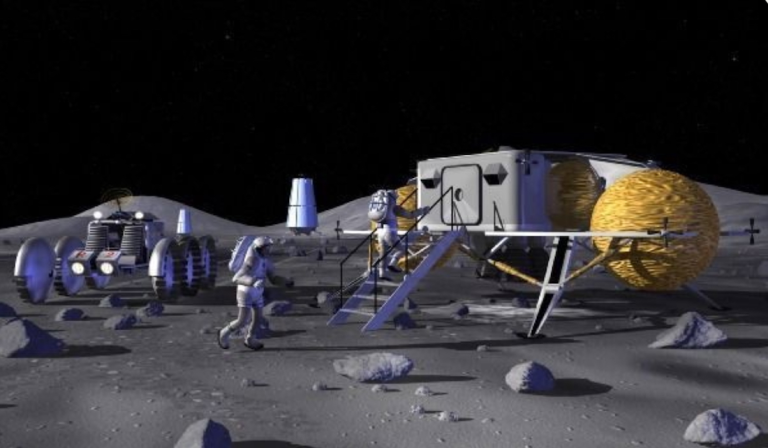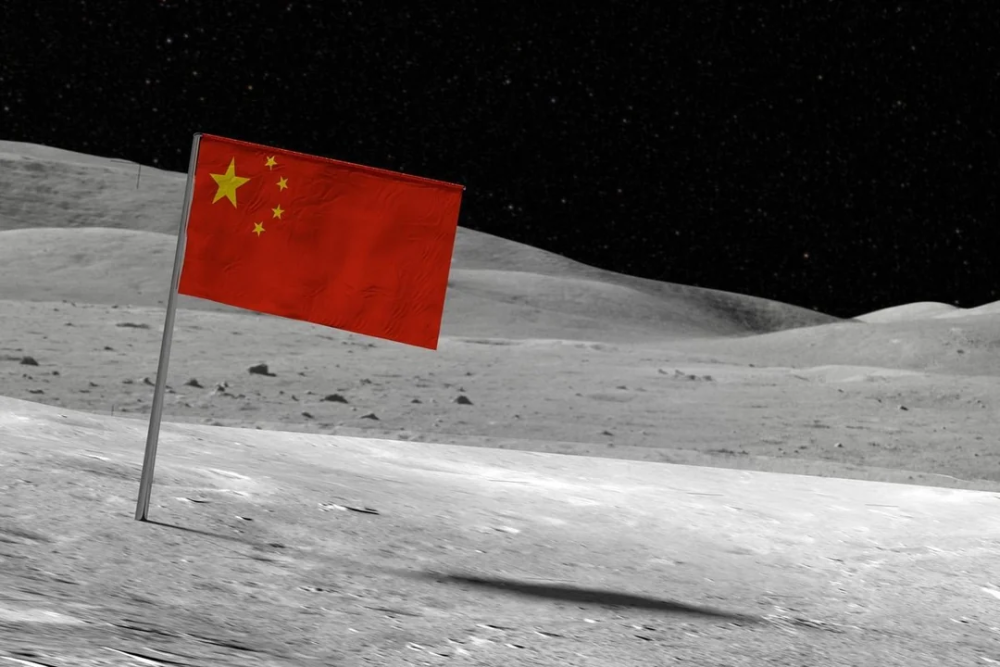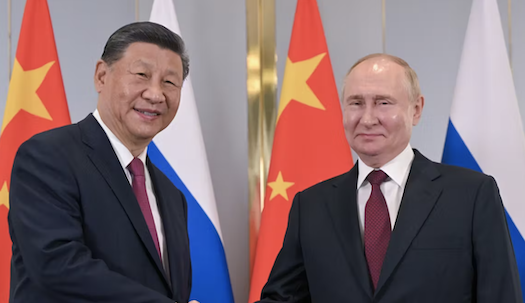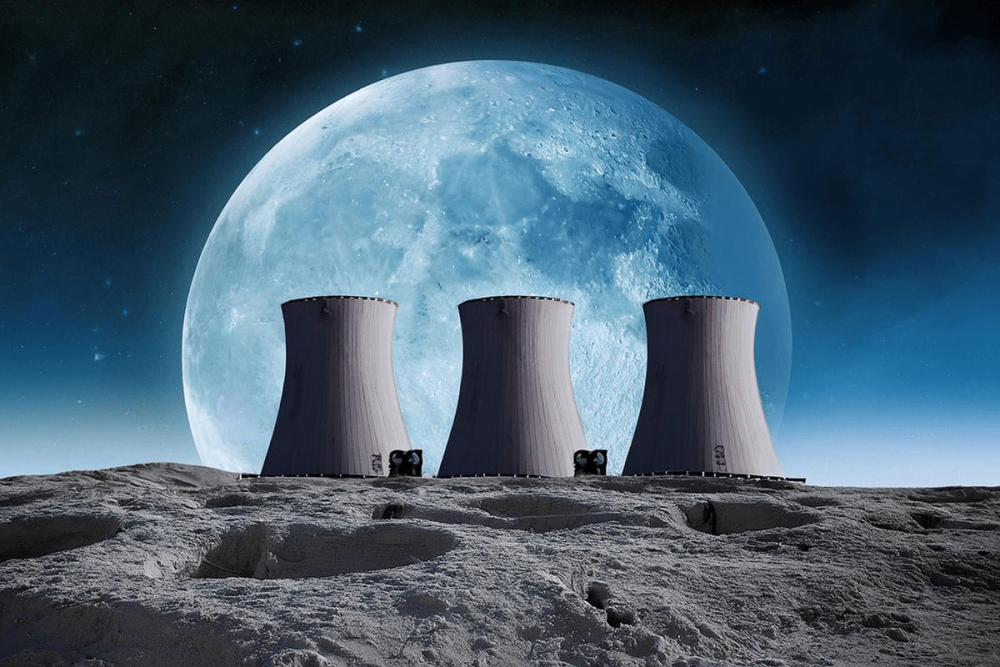
Beijing – In a bold step for lunar exploration, China and Russia have announced plans to construct a nuclear-powered energy plant on the moon by the mid-2030s.
The project, a key part of their joint International Lunar Research Station (ILRS), aims to provide a sustainable power source for long-term lunar missions, potentially paving the way for human colonization.

Why Nuclear Power on the Moon?
Solar energy has been the primary power source for most lunar missions, but it has a critical limitation: the moon’s two-week-long night leaves solar panels useless for extended periods.
A nuclear reactor, however, could provide uninterrupted electricity, supporting habitats, research labs, and mining operations.
According to statements from the China National Space Administration (CNSA) and Roscosmos, the two nations will collaborate on developing, transporting, and installing the nuclear facility between 2033 and 2035.
Technical Challenges and Safety Concerns

Building a nuclear reactor on the moon presents major hurdles:
- Transportation: Safely launching nuclear materials from Earth without risking radiation leaks.
- Automation: The reactor must operate autonomously or with minimal human oversight.
- Heat Management: The moon’s extreme temperature swings could affect reactor efficiency.
Both countries have experience in space nuclear technology. Russia has used radioisotope thermoelectric generators (RTGs) in missions like Lunokhod, while China is developing kilopower-style reactors for lunar and Mars missions.

Geopolitical Implications:
A New Space Race?
This collaboration strengthens the China-Russia space alliance, positioning them as key competitors to the U.S.-led Artemis Accords, which aims to return humans to the moon by 2026.
- China’s Ambitions: After successful lunar rover missions (Chang’e) and its own space station (Tiangong), Beijing is pushing for a permanent moon presence.
- Russia’s Role: Despite setbacks like the Luna-25 crash, Moscow remains a crucial partner in space nuclear tech.
The U.S. has also explored nuclear power for the moon under NASA’s Kilopower Project, but no firm timeline exists for deployment.
What’s Next?
If successful, the Sino-Russian lunar reactor could:
✔ Enable 24/7 energy for moon bases.
✔ Support future Mars missions using similar technology.
✔ Shift global space dominance away from Western-led initiatives.
However, experts warn of potential risks, including nuclear contamination and geopolitical tensions over lunar resource claims.
The China-Russia moon nuclear plant marks a major leap in space exploration. While challenges remain, the project could redefine humanity’s presence beyond Earth—ushering in a new era of interplanetary energy solutions.
China, Russia to Cooperate, Build Nuclear Energy Plant on Moon (April 24, 2025)
#MoonBase #SpaceRace #NuclearPower #ChinaRussia
#LunarExploration #SpaceTech #MoonMission
#NuclearEnergy #ArtemisAccords #ILRS
Tags: CNSA,China, Russia, Moon mission, nuclear energy, lunar base,
space exploration, Roscosmos, International Lunar Research Station,
Artemis Accords, space race, nuclear reactor, 2035 moon project
